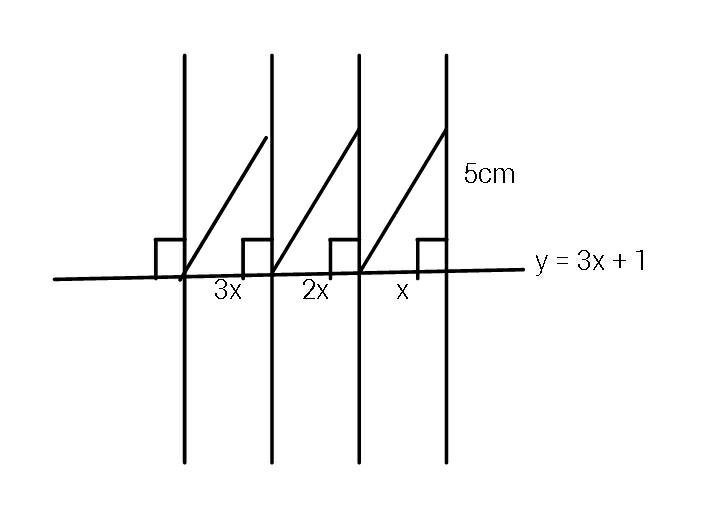
Question and Answers Forum
AllQuestion and Answers: Page 1641




Pg 1636 Pg 1637 Pg 1638 Pg 1639 Pg 1640 Pg 1641 Pg 1642 Pg 1643 Pg 1644 Pg 1645
|
Question and Answers Forum |
AllQuestion and Answers: Page 1641 |
| The incident wave set up on a string of length fixed at each end is given by: y_1 =Asin(kx−wt) i)what is the equation of motion of the reflected wave,y_2 . ii)obtain the resultant,y=y_1 +y_2 of the two waves. iii)what type of resultant wave is this? iv)for what values of x will the amplitud of the resultant wave become zero? v)for what values of x will y be maximum? |
| Two waves are represented by y_1 =Asinωt and y_2 =Asin(ωt−δ). What is the resultant of the two waves? ii)determine the amplitude of the resultant wave and under which condition will it be constructive or destructive. |
| Can you remember this formula and the question behind it? 𝚽=mn−𝚺_(i=1) ^m 𝚺_(j=1) ^n sign[gcd(i,j)−1] The first prize goes to that one who can tell the # of the initial question. |
| let A_n = ∫_0 ^n (((−1)^x )/(2[x] +1))dx 1) calculate A_n 2) find lim_(n→+∞) A_n |
| solve: y′′(1 + 4x^2 ) − 8y = 0 |
| ∫((3−5(√(1−(1/x)))))^(1/3) dx=? ∫(1/((3−5(√(1−(1/x)))))^(1/3) )dx=? |

|

|
| App notification problem has been fixed. Please report if u are still not able to get notification. Issue was on server side so no app updates are needed. |

|
| 3+3= |
| this is still waiting to be solved... ∫((√((t−1)t(t+1)))/(3t^2 −4))dt=? |
| If sin θ + sin φ = a and cos θ + cos φ = b, find the value of tan ((θ−φ)/2)(in terms of a and b). |
| 7.2+[0.2 of 10−{0.6+0.3−0.8−0.6}] |
| find tbe polynom p withdegre 5 wich verify p(x+1)−p(x)=x^4 and p(0)=0 for that put p(x)=ax^5 +bx^4 +cx^3 +dx^2 +ex +f and find the coefficients. 2) find interms of n the value of sum 1 +2^4 +3^4 +....+n^4 . |
| Find the domain of the function f (x) = 1 − cos^2 x |

|
| find L ( (e^(−(x/a)) /a)) with a≠0 and L laplace transfom. |
| let n from N and A_n = ∫_(−∞) ^(+∞) ((cos(ax))/((x^2 +x+1)^n ))dx and B_n = ∫_(−∞) ^(+∞) ((sin(ax))/((x^2 +x+1)^n ))dx find the value of A_(n ) and B_n . |
| let f(x)=((x+1)/(2 +e^(−2x) )) developp f at integr serie. |
| let f(x)=ln(1+ e^(−x) ) developp f at integr serie . |
| calculate ∫_0 ^∞ ((x^2 cos(πx))/((x^2 +4)^2 ))dx |
| find the value of ∫_0 ^∞ ((xsin(3x))/((1+x^2 )^2 ))dx |
| let f(x)= (x+1)e^(−x) and g(x)=ln(2+x^2 ) 1) calculate fog(x) and gof(x) 2) calculate (fog)^′ (x) and (gof)^′ (x). |
| let f(x)=(√(1+2x^2 )) −x(√2) +3 1) calculate lim_(x→+∞) f(x) and lim_(x→−∞) f(x) 2)calculate lim_(x→+∞) ((f(x))/x) and lim_(x→−∞) ((f(x))/x) 3)give the assymtote to graph C_f 4) give the assymtote to C_f at point A(0,f(0)) 5) find f^(−1) (x) and calculate (f^(−1) )^′ (x) 6) calculate ∫_0 ^1 f(x)dx. |
| 1) find f(x)=∫_0 ^π ln(2+x cosθ)dθ 2) calculate ∫_0 ^π ln(2 +cosθ)dθ |
Pg 1636 Pg 1637 Pg 1638 Pg 1639 Pg 1640 Pg 1641 Pg 1642 Pg 1643 Pg 1644 Pg 1645 |